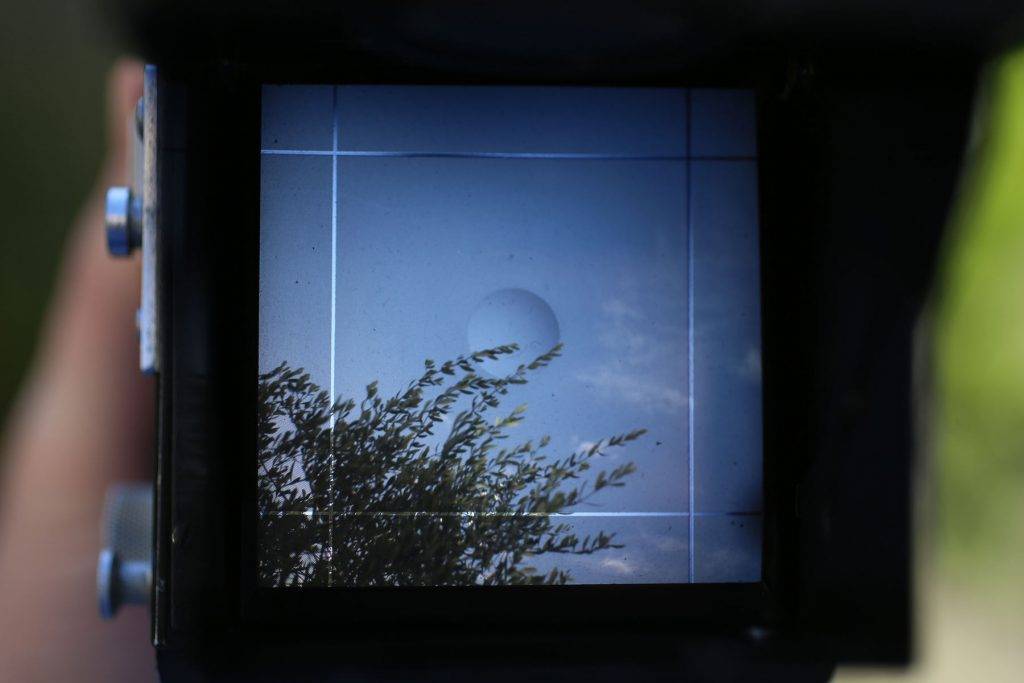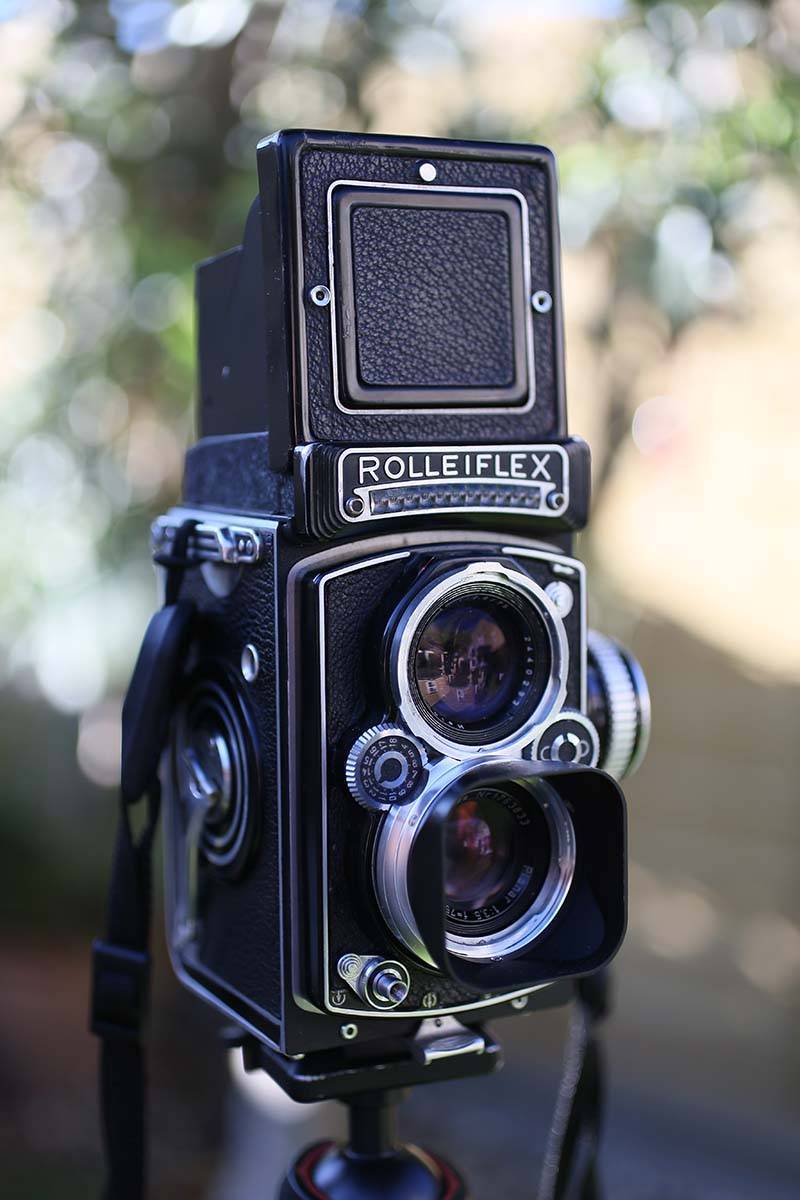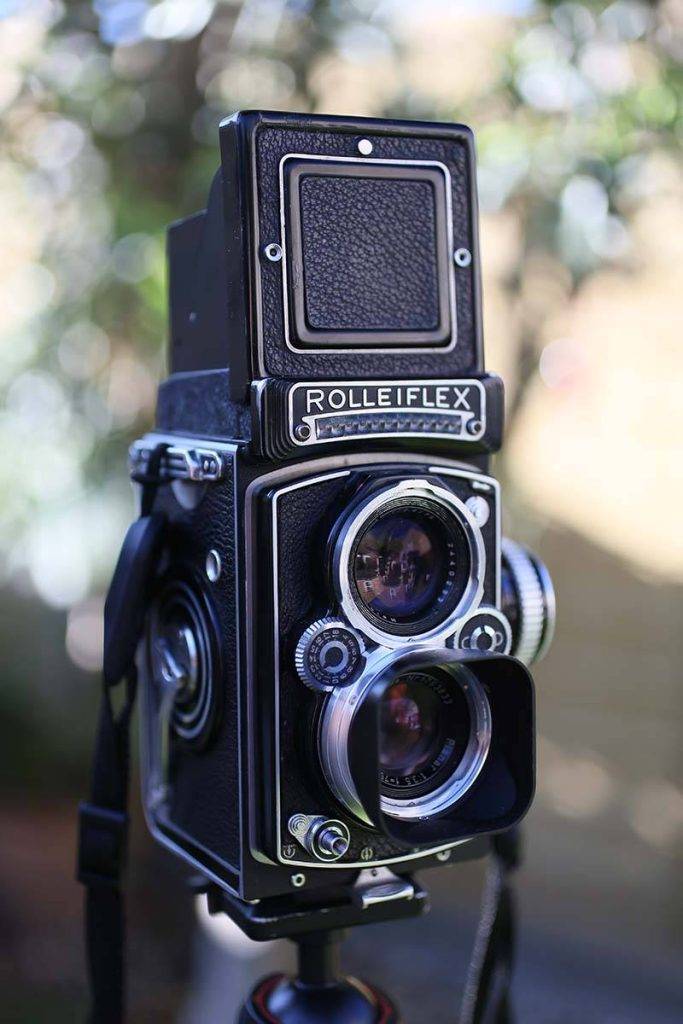Medium format twin lens reflex cameras have been around in one form or another since the 1920’s. For several decades up until the advent of the 35mm SLR they were perhaps the most popular cameras for the serious photographer. The heyday of the TLR camera was more or less over by the early 60’s. So why would you use one of these venerable cameras today?
A TLRs have great image quality, even by today’s standards.
Most TLR cameras have decent lenses. Usually a simple Tessar design, renowned as a affordable but sharp option. Couple this with a negative almost for times the size of a full frame sensor, and you have a combination capable of excellent results. Especially when stopped down. Some more expensive Rolleiflexes and Mamiyas sport six element planar designs. They are every bit the equal of Hassleblad or Bronica system cameras. Cheaper options such as Minolta Autocords or Yashicamat 124Gs still produce excellent results in the right hands
A TLR is light and compact.
Medium format cameras have a reputation for being heavy. Hasselblads, Pentax 67s and Bronicas are all too big and bulky for casual shooting. They would not be my choice if I was out with my family and photography was not the main aim of the trip. A fixed lens TLR can fit in a small bag and be carried around all day.
A TLR will take up about the same amount of space as a fast standard zoom. So you can keep it as an additional creative option in your camera bag. Great if you want to shoot some 120 film on the side.
Relatively easy to find and can be affordable
The most desirable TLRs like higher end Rolleiflexes can cost well over a thousand pounds. But there are many perfectly serviceable models can be had for between £150-£300 pounds. The cheapest TLR I have bought is a Ciro-Flex. That camera cost me the princely sum of £20. If you want a bargain, look for more obscure models from well known makers like Yashica. They may not have integrated meters, but will still have the same lenses and produce the similar as their better known cousins. Otherwise, many companies made TLRs in the 50’s and 60’s such as Minolta, Olympus and Ricoh. Although they may differ in the details most came with a decent Tessar lens and a leaf shutter with a 1/500 top speed. More than enough to get you started.

You can learn to compose square photos
One of the most disappointing things about the digital era has been the loss of cameras that shot square images by default. Of course you can crop from a full frame or 4:3rds camera. But who wants to throw all those expensive megapixels away in the process? Shooting a new format can be a fun exercise if you feel you need to mix things up in your photography. Shooting square images is an easy way to see things in a new way, and sharpen you compositional skills.
A TLR is more repairable than many more modern film cameras.
While later cameras may have more features and are easier to use they depend upon electronics to function. Electronics on old cameras can be near impossible to repair. You always run the risk of having an expensive camera fail and that money being wasted. TLRs are mostly mechanical and are far easier to repair. The only really vulnerable part is the light meter (if it has one). But most people just use a separate meter anyway. Keep a TLR serviced and they could outlast you!
They are a great conversation piece.
One of the things you hear from many working pros is that looking too much like the stereotypical professional photographer can cause hostility in certain situations. For that reason many photographer like to use smaller or more unusual cameras to counter this. A TLR is an ideal camera to use because it looks old fashioned and unthreatening. In fact, I have found people will actively ask about it. You can start conversations and gain picture opportunities by simply working in a way that makes you seem more approachable.
In conclusion
In a market where camera prices have skyrocketed in recent years, TLRs can still represent good value for money if you search around. Simplicity, portability and image quality all count in their favour. The only real drawback is the lack of interchangeable lenses in most models. A search around instagram will show that many fantastic images are still made on these cameras. I am sure they will still be making great photos in years to come.


